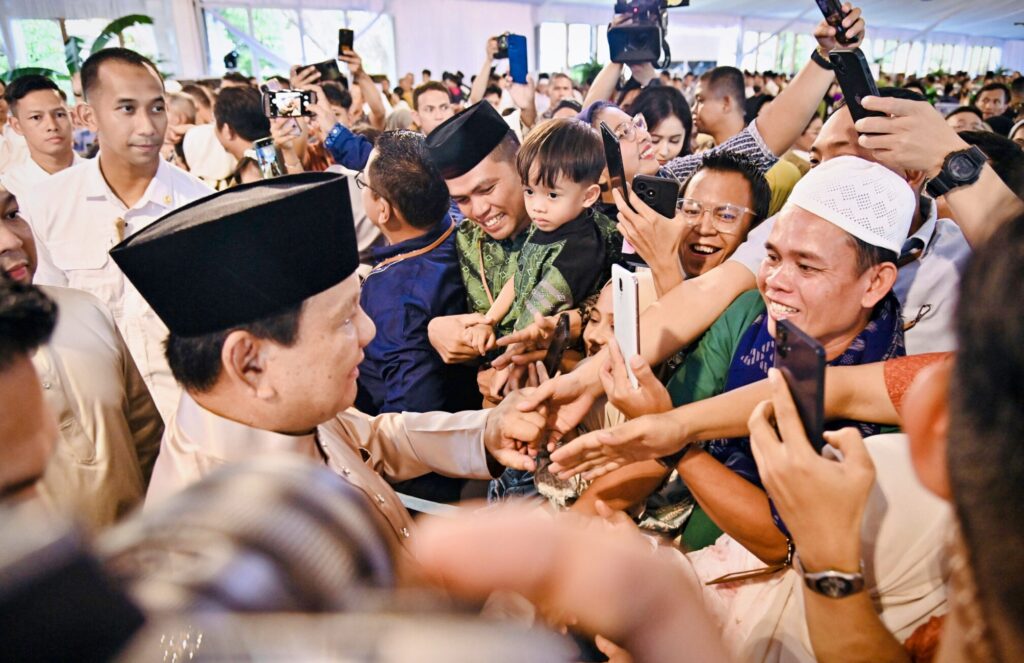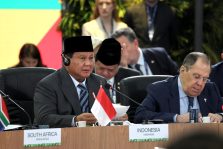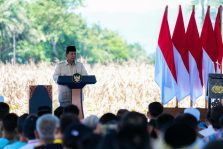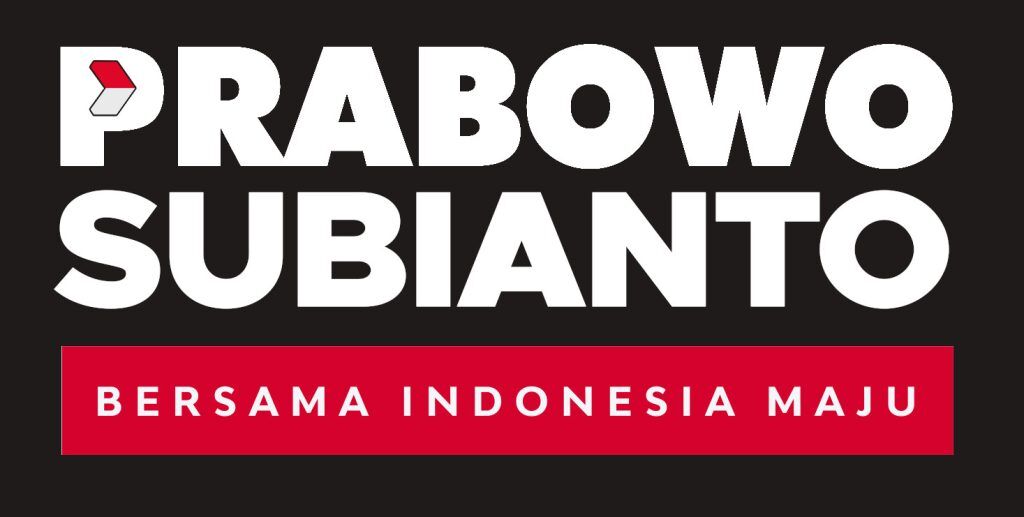Eid al-Fitr is a time for gathering with family and loved ones—a moment to exchange stories about life, reminisce about the past, and discuss hopes for the future. It is also a time to share aspirations, as well as concerns.
Recently, many positive developments from President Prabowo’s smart initiatives have not reached the public. In fact, some members of the public have misconceptions about his work due to exposure to misinformation, disinformation, and/or malinformation.
Celebrating Eid wisely in this era of “trend velocity” requires mastering a new skill: the ability to distinguish between the three main sources of public misconceptions.
Understanding Misinformation
Misinformation occurs when false information is spread by someone who is unaware that it is incorrect. This often happens due to a lack of knowledge. For example:
“The government is reinstating the dual function of the military (TNI) through the 2025 TNI Law.” In reality, the 2025 TNI Law strictly limits the role of active military personnel to only 14 institutions directly related to TNI expertise, such as the National Disaster Management Agency. This is a stark contrast to the 1988 ABRI Law, which did not impose such restrictions and even allowed the military to have its own faction in the House of Representatives.
“Danantara poses a risk to Indonesia because it will be managed recklessly.” In fact, Danantara’s governance is meticulously designed and led by professionals in management and investment.
Understanding Disinformation
Disinformation refers to the intentional spread of false information by individuals who are fully aware that what they are sharing is incorrect. If you encounter someone—especially a family member—engaging in this, it may be best to encourage reflection and self-awareness.
Understanding Malinformation
Malinformation is the sharing of true information in a misleading or inappropriate context. This is often seen in “cocoklogi”—drawing conclusions from incomplete or misrepresented data. Important contextual details are omitted to support a misleading narrative. Examples include:
“This year’s Eid homecoming numbers have plummeted.” In reality, the homecoming season is still ongoing. The reported figures are likely estimates rather than actual data.
“The average bank account balance has dropped significantly.” In truth, opening a bank account has become easier than ever, and many people create new accounts to take advantage of promotions. The total number of accounts is increasing faster than the population itself. Additionally, rising gold prices have led people to store their wealth in gold rather than cash.
Identifying Reliable Sources of Information
To avoid falling into the traps of misinformation, disinformation, and malinformation, follow official government accounts on social media.
Do not blindly trust circulating information—including that from conventional media—especially when it intentionally features only sources critical of the government.






